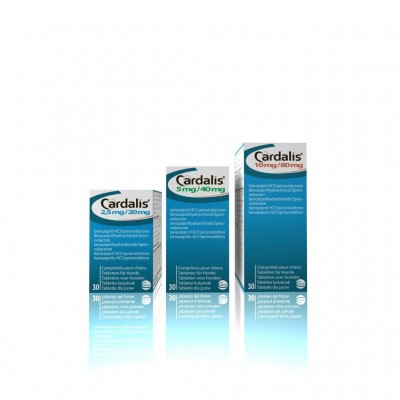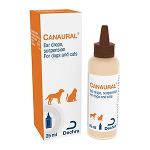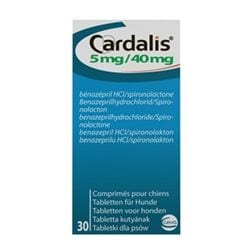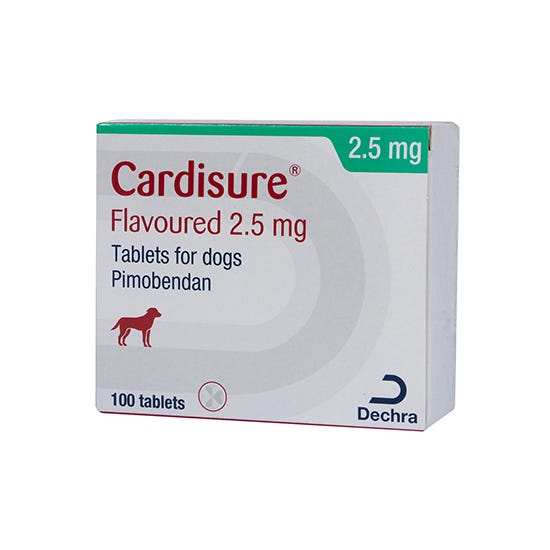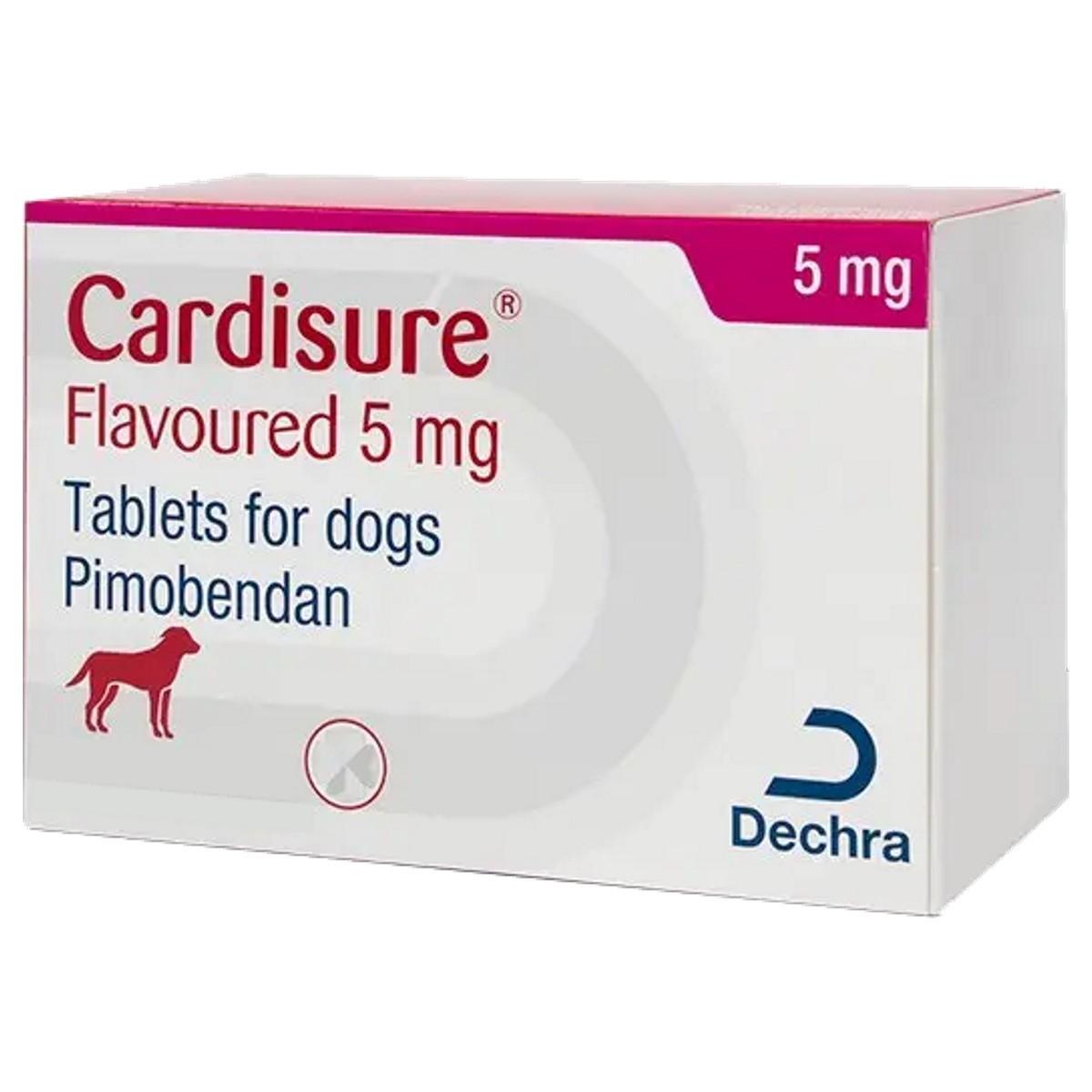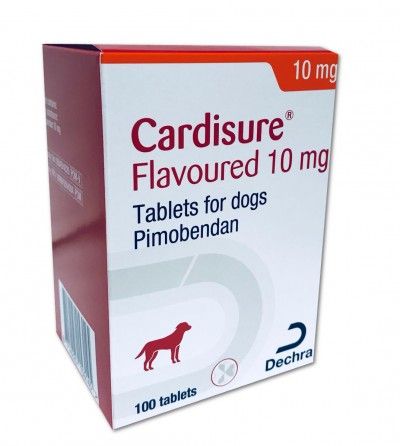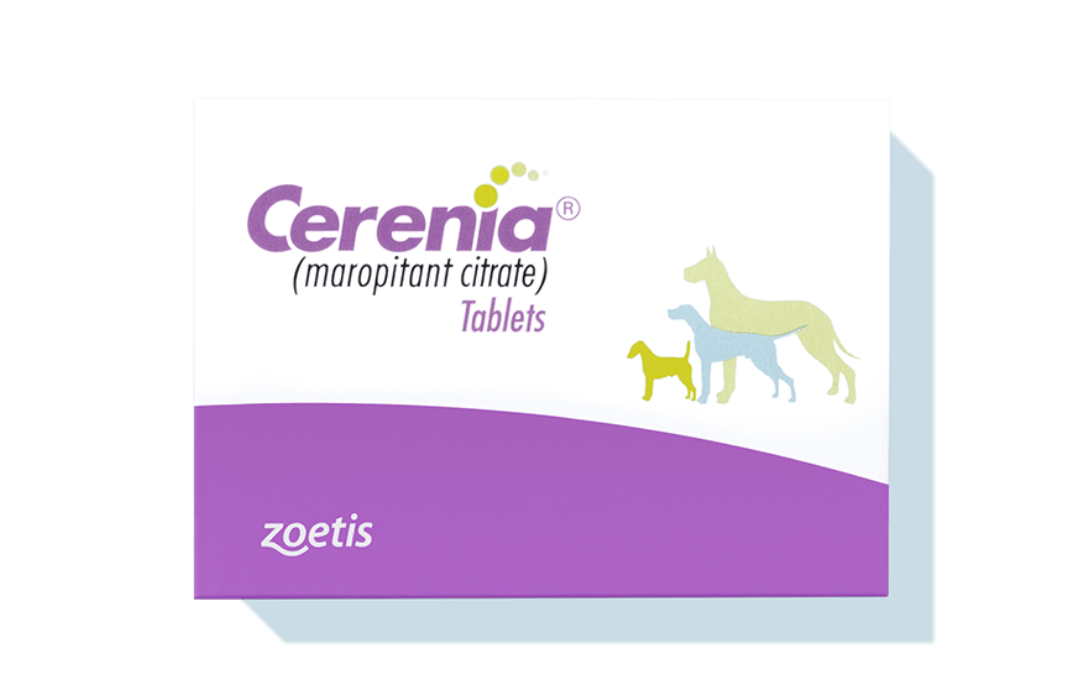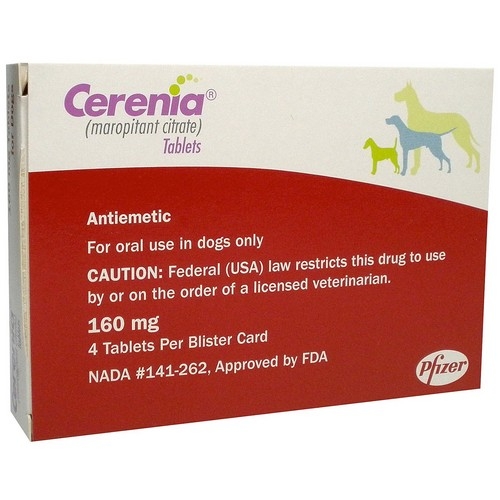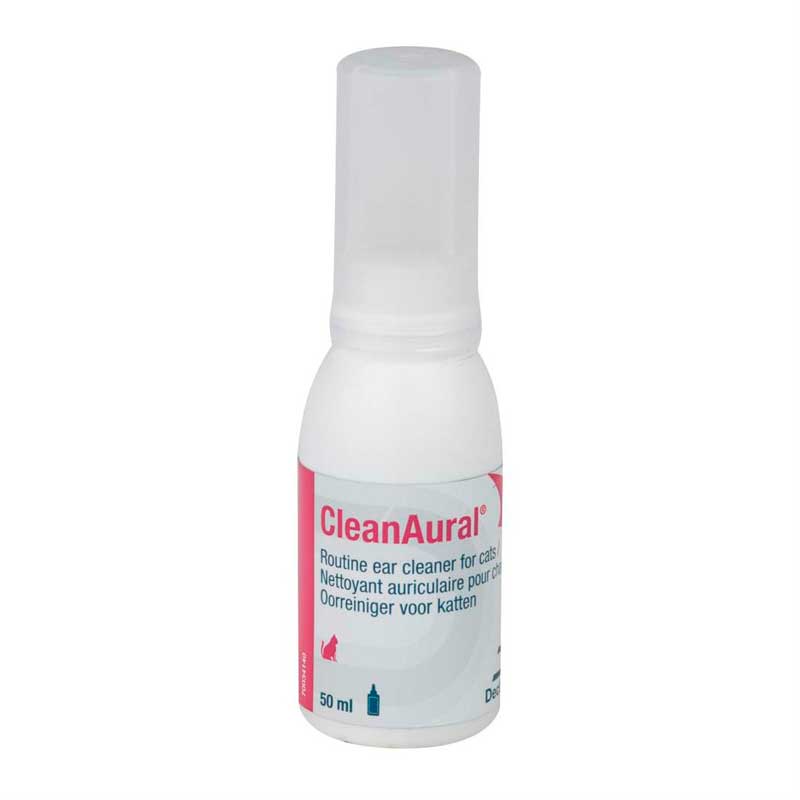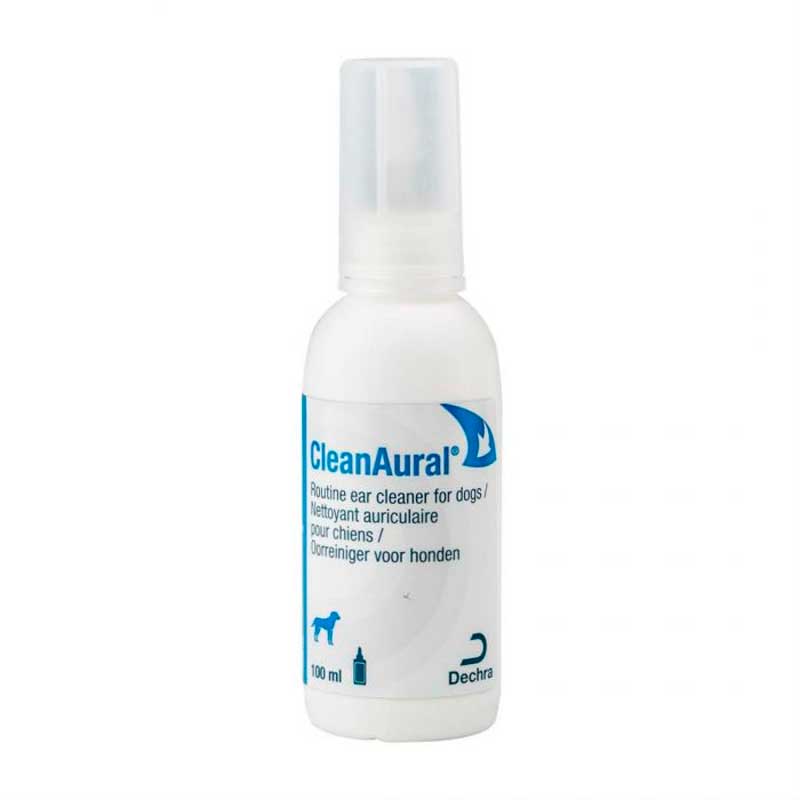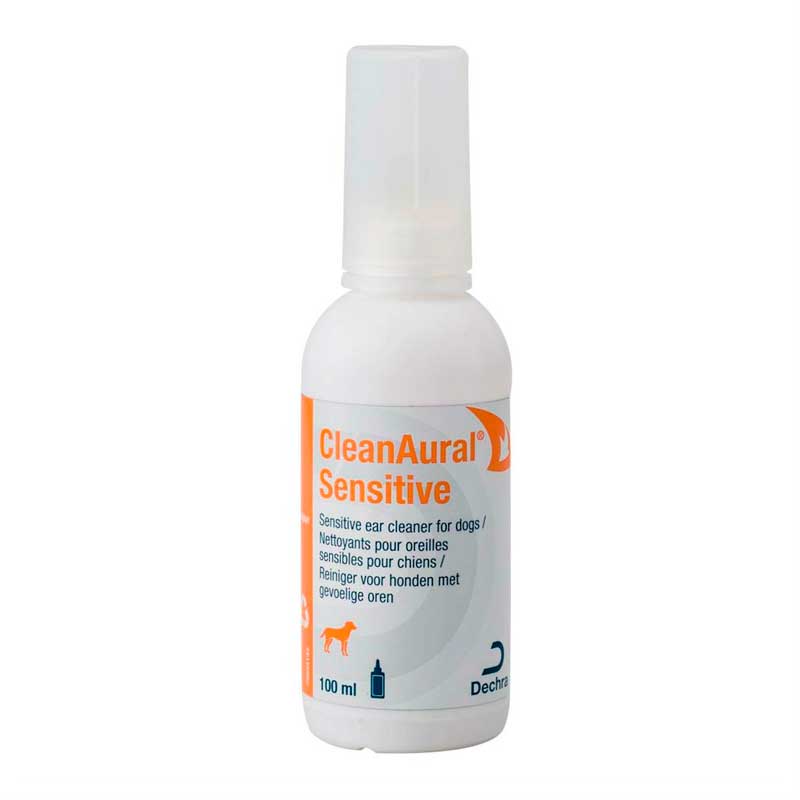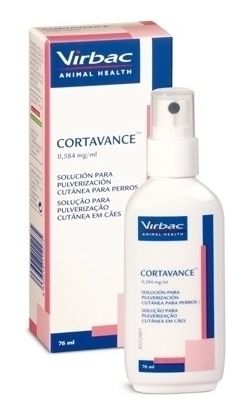Cardalis Tablets SML (2.5mg/20mg) Cardalis 2.5 Mg/20 Mg 30 Tb Cardio-renal system, recommended for dogs More information: Cardalis 2.5 mg/20 mg chewable tablets for dogs Cardalis 5 mg/40 mg chewable tablets for dogs Cardalis 10 mg/80 mg chewable tablets for dogs 2. QUALITATIVE AND QUANTITATIVE COMPOSITION Each chewable tablet contains: Active substances: Benazepril hydrochloride ( benazeprili HCl) Spironolactone (spironolactonum) Cardalis 2.5 mg/20 mg tablets 2.5 mg 20 mg Cardalis 5 mg/40 mg tablets 5 mg 40 mg Cardalis 10 mg/80 mg tablets 10 mg 80 mg Excipients: For full list For excipients, see section 6.1. 3. PHARMACEUTICAL FORM Chewable tablet. Chewable, palatable, oval scored brown tablets. The tablets can be divided into equal halves. 4. CLINICAL PARTICULARS 4.1 Target species Dogs. 4.2 Indications for use, specifying the target species For the treatment of congestive heart failure caused by canine chronic degenerative valvular disease (with adjunctive use of a diuretic, when necessary). 4.3 Contraindications Do not use during pregnancy or lactation (see section 4.7). Do not use in animals intended or intended for breeding. Do not use in dogs suffering from hypoadrenocorticism, hyperkalemia, or hyponatremia. Do not use in conjunction with Non-Steroidal Anti-Inflammatory Drugs (NSAIDs) in dogs with renal failure. Do not use in case of hypersensitivity to angiotensin-converting enzyme (ACE) inhibitors or to any of the excipients. Do not use in cases of insufficient cardiac output due to aortic or pulmonary stenosis. 4.4 Special warnings for each target species None. 4.5 Special precautions for use Special precautions for use in animals Renal function and serum potassium levels should be assessed before initiating treatment with benazepril and spironolactone, especially in dogs that may have hypoadrenocorticism, hyperkalemia, or hyponatremia. Unlike in humans, this combination did not show an increased incidence of hyperkalemia in clinical trials in dogs. However, in dogs with renal dysfunction, regular monitoring of renal function and serum potassium levels is recommended since there may be an increased risk of hyperkalaemia during treatment with this drug. Spironolactone has an antiandrogenic effect, therefore it is not recommended to administer the veterinary medicinal product to growing dogs. In a target species safety study at the recommended dose, reversible atrophy of the prostate has been observed in non-castrated males treated with spironolactone. The drug should be administered with care in dogs with hepatic dysfunction because the extensive biotransformation of spironolactone in the liver may be impaired. Special precautions to be taken by the person administering the veterinary medicinal product to animals People with known hypersensitivity to benazepril or spironolactone should avoid contact with the veterinary medicinal product. Pregnant women should take special care to avoid accidental oral exposure, as ACE inhibitors have been shown to affect the fetus during pregnancy in humans. Accidental ingestion, especially in children, can lead to adverse effects such as drowsiness, nausea, vomiting and diarrhea, and skin rashes. In case of accidental ingestion, consult a doctor immediately and show him the package leaflet or the label. Wash hands after use. 4.6 Adverse reactions (frequency and seriousness) Vomiting, diarrhea and pruritus have been reported very rarely in spontaneous reports. The frequency of adverse reactions should be classified according to the following groups: - Very frequently (more than 1 animal per 10 animals treated presents adverse reactions) - Frequently (more than 1 but less than 10 animals per 100 animals treated) - Infrequently (more than 1 but less than 10 animals per 1,000 animals treated ) - On rare occasions (more than 1 but less than 10 animals per 10,000 animals treated) - On very rare occasions (less than 1 animal per 10,000 animals treated, including isolated cases). 4.7 Use during pregnancy, lactation or lay Do not use during pregnancy or lactation. Laboratory studies in rats have shown embryotoxic effects of benazepril (urinary tract malformation) at maternally nontoxic doses. 4.8 Interaction with other medicinal products and other forms of interaction Furosemide has been used in conjunction with this combination of benazepril hydrochloride and spironolactone in dogs with heart failure without clinical evidence of adverse interactions. Co-administration of this veterinary medicinal product with other antihypertensive agents (eg calcium channel blockers, ß-blockers or diuretics), anesthetics or sedatives may lead to additional hypotensive effects. Concomitant administration of this veterinary medicinal product with other potassium-sparing therapies (such as ß-blockers, calcium channel blockers, angiotensin receptor blockers) may lead to hyperkalaemia (see section 4.5). The concomitant use of NSAIDs with this veterinary medicinal product may reduce its antihypertensive effect, its natriuretic effect and increase the level of potassium in the blood. Therefore, dogs co-treated with an NSAID should be closely monitored and should be adequately hydrated. The administration of deoxycorticosterone with the medicinal product could lead to a moderate reduction of the natriuretic effects (reduction of urinary sodium excretion) of spironolactone. Spironolactone decreases the elimination of digoxin and therefore increases its plasmatic concentration. Since the therapeutic index for digoxin is narrow, careful monitoring is recommended for dogs receiving digoxin and a combination of benazepril hydrochloride and spironolactone. Spironolactone could cause both induction and inhibition of cytochrome P450 enzymes and could therefore affect the metabolism of other substances using these metabolic pathways. Therefore, the drug should be used with caution when used with other drugs that induce, inhibit, or are metabolized by these enzymes. 4.9 Amounts to be administered and administration route This fixed combination medicinal product should only be used in dogs that require administration of both active substances at this fixed dose. Orally. The chewable tablets should be administered to the dog once daily at a dose of 0.25 mg benazepril hydrochloride/kg and 2 mg spironolactone/kg, according to the following dosage table. The tablets should be taken with food, mixed with a small amount of food just before the main meal, or mixed with food. The tablets contain meat flavoring to improve palatability. In a clinical study in dogs with chronic degenerative valve disease, the tablets were consumed completely and voluntarily in 92% of cases, when administered with or without food. Weight of the dog Concentration and number of tablets to be administered: (kg) Cardalis 2.5mg/20mg chewable tablets Cardalis 5mg/40mg chewable tablets Cardalis 10mg/80mg chewable tablets 2.5 - 5 1/2 5 – 10 1 10 – 20 1 20 – 40 1 40 – 60 1 + 1/2 60 - 80 2 4.10 Overdose (symptoms, emergency procedures, antidotes), if necessary After administration of up to 10 times the recommended dose (2.5 mg benazepril hydrochloride/kg, 20 mg spironolactone/kg,) to healthy dogs, dose-dependent adverse effects were observed (see section 4.6). Daily overdoses to healthy dogs of 6 times (1.5 mg benazepril hydrochloride/kg and 12 mg spironolactone/kg) and 10 times (2.5 mg benazepril hydrochloride/kg and 20 mg spironolactone/kg) the recommended dose, led to a slight dose-dependent decrease in the mass of red blood cells. However, this slight decrease was transient, the red blood cell mass remained within the normal range, and the result was not considered clinically significant. At doses 3 times and more than the recommended dose, moderate dose-dependent compensatory physiologic hypertrophy of the zona glomerulosa of the adrenal glands was also observed. This hypertrophy does not seem to be associated with any pathology and it was observed that it was reversible on stopping treatment. In case of accidental ingestion by the dog of several Cardalis chewable tablets, there is no specific treatment or antidote. Therefore, it is recommended to induce vomiting, perform gastric lavage (depending on risk assessment) and monitor electrolytes. Symptomatic treatment, such as fluid therapy, should also be provided. 4.11 Waiting times Not applicable. 5. PHARMACOLOGICAL PROPERTIES Pharmacotherapeutic group: Agents with action on the renin-angiotensin system, ACE inhibitors, combinations. ATCvet code: QC09BA07. 5.1 Pharmacodynamic properties Spironolactone and its active metabolites (including 7-α-thiomethyl-spironolactone and canrenone) act as specific antagonists of aldosterone through competitive binding to mineralocorticoid receptors located in the kidney, heart, and blood vessels. In the kidney, spironolactone inhibits aldosterone-induced sodium retention, producing increased excretion of sodium and consequently water, and potassium retention. The resulting reduction in extracellular volume decreases cardiac preload and left atrial pressure. The result is an improvement in cardiac function. On the cardiovascular system, spironolactone prevents the detrimental effects of aldosterone. Although the precise mechanism of action is not yet clearly defined, aldosterone promotes myocardial fibrosis, myocardial and vascular remodeling, and endothelial dysfunction. In experimental models in dogs, long-term treatment with aldosterone antagonists has been shown to prevent progressive left ventricular dysfunction and attenuate left ventricular remodeling in dogs with chronic heart failure. Benazepril hydrochloride is a prodrug hydrolyzed in vivo to its active metabolite, benazeprilat. Benazeprilat is a very potent and selective inhibitor of Angiotensin Converting Enzyme (ACE), thus preventing the conversion of inactive Angiotensin I to active Angiotensin II. Therefore, it blocks the effects mediated by Angiotensin II, including arterial and venous vasoconstriction, sodium and water retention by the kidneys. The drug produces a long-lasting inhibition of plasma ACE activity in dogs, with greater than 95% inhibition at peak effect and significant activity (>80%) persisting 24 hours after dosing. The association of spironolactone and benazepril is beneficial since both act at the level of the renin-angiotensin-aldosterone system (RAAS) but at different levels of the cascade. Benazepril, by preventing the formation of Angiotensin-II, inhibits the detrimental effects of vasoconstriction and stimulation of aldosterone release. However, aldosterone release is not fully controlled by ACE inhibitors because Angiotensin-II is also produced by pathways other than ACE such as chymase (a phenomenon known as "aldosterone escape"). Aldosterone secretion can also be stimulated by factors other than Angiotensin-II, mainly by increasing K+ or ACTH. Therefore, to achieve complete inhibition of the detrimental effects of RAAS hyperactivity that occurs in heart failure, the use of aldosterone antagonists such as spironolactone, in conjunction with ACE inhibitors to specifically block aldosterone activity (regardless of source), through competitive antagonism of mineralocorticoid receptors. Clinical studies evaluating survival time have shown that the fixed combination increases life expectancy in dogs with congestive heart failure with an 89% reduction in the relative risk of cardiac mortality in dogs treated with spironolactone in combination with benazepril. (as hydrochloride) compared to dogs treated with benazepril (as hydrochloride) alone (Mortality was classified as death or euthanasia due to heart failure). It has also allowed a rapid improvement in cough and activity and a slower breakdown of cough, A slight increase in blood aldosterone levels can be observed in treated animals. It is thought that it could be due to the activation of feedback mechanisms without any adverse clinical consequence. There may be dose-related hypertrophy of the zona glomerulosa adrenalis at high dose levels. In a clinical study conducted in dogs with chronic degenerative valve disease, 85.9% of dogs were adequately treated (>90% of prescribed tablets were successfully administered) over a three-month period. 5.2 Pharmacokinetic data The pharmacokinetics of spironolactone is based on its metabolites as the parent compound is not stable in the assay. Absorption Following oral administration of spironolactone in dogs, all three metabolites were shown to reach levels from 32% to 49% of the administered dose. Food increases bioavailability from 80% to 90%. Following oral administration of 2 to 4 mg/kg, absorption increases linearly over the range. After multiple oral doses of 2 mg spironolactone/kg (with 0.25 mg benazepril hydrochloride/kg) for 7 consecutive days, no accumulation is observed. At steady state, a mean Cmax of 324 μg/l and 66 μg/l is reached for the primary metabolites, 7-α-thiomethyl-spironolactone and canrenone, 2 and 4 hours after administration, respectively. Steady state conditions are achieved on day 2. Following oral administration of benazepril hydrochloride, peak benazepril levels are rapidly reached and rapidly decline as hepatic enzymes partially metabolize the drug to benazeprilat. The remainder is metabolized to hydrophilic metabolites or subsists as unchanged benazepril. The systemic bioavailability of benazepril is incomplete due to incomplete absorption and first-pass metabolism. There are no significant differences in the pharmacokinetics of benazepril when benazepril hydrochloride (as hydrochloride) is administered to fed or fasted dogs. After multiple oral doses of 0.25 mg benazepril hydrochloride per kg (with 2 mg spironolactone per kg) for 7 consecutive days, a benazeprilat peak (Cmax of 52.4 ng/ml) is achieved with a tmax of 1 .4 hrs. Distribution The mean volumes of distribution of 7-α-thiomethyl-spironolactone and canrenone are approximately 153 liters and 177 litres, respectively. The mean residence time of the metabolites ranges from 9 to 14 hours and they are preferentially distributed to the gastrointestinal tract, kidneys, liver, and adrenal glands. Benazepril and benazeprilat are rapidly distributed, mainly to the liver and kidney. Biotransformation Spironolactone is rapidly and completely metabolized by the liver to its active metabolites, 7-α-thiomeyyl-spironolactone and canrenone, which are the main metabolites in the dog. After co-administration of spironolactone (2 mg/kg weight) and benazepril hydrochloride (0.25 mg/kg weight), the plasma elimination half-life (t ½) was 7 hours and 6 hours for canrenone and 7- α-thiomeyl-spironolactone respectively. Benazeprilat concentrations decrease in a biphasic manner: in the initial phase it represents the elimination of the free drug, while the terminal phase reflects the release of benazeprilat bound to the ECAs, mainly at the tissue level. After co-administration of spironolactone /2 mg/kg weight) and benazepril hydrochloride (0.25 mg/kg weight) the plasmatic elimination half-life (t ½) of benazeprilat was 18 hours. Benazepril and benazeprilat are highly bound to plasma proteins, and in tissues they are found mainly in the liver and kidney. Repeated administration of benazepril causes slight bioaccumulation of benazeprilat, reaching steady state after a few days. Elimination Spironolactone is mainly excreted via its metabolites. The plasma clearance of canrenone and 7-α-thiomethyl-spironolactone is 1.5 l/h/kg weight and 0.9 l/h/kg weight, respectively. After oral administration of radiolabeled spironolactone to the dog, 70% of the dose is recovered in the faeces and 20% in the urine. In dogs, benazeprilat is excreted via the bile and the urine. The clearance of benazeprilat is not affected in dogs with renal insufficiency and therefore no dose adjustment of benazepril is required in cases of renal insufficiency. 6. PHARMACEUTICAL PARTICULARS 6.1 List of excipients Lactose monohydrate Microcrystalline cellulose Povidone K30 Meat aroma Compressible sugar Crospovidone Magnesium stearate 6.2 Main incompatibilities Not applicable. 6.3 Shelf life Shelf life of the veterinary medicinal product packaged for sale: 2 years. Shelf-life after opening the bottle: 6 months. 6.4. Special storage precautions This veterinary medicinal product does not require special storage conditions. 6.5 Nature and composition of immediate packaging White plastic (HDPE) bottle with child resistant closure in a cardboard box. Package with 30 or 90 tablets. Not all formats may be marketed. 6.6 Special precautions for disposal of unused veterinary medicinal product or, where appropriate, residues derived from its use Any unused veterinary medicinal product or residues derived from it must be disposed of in accordance with local regulations. 7. MARKETING AUTHORIZATION HOLDER Ceva Santé Animale 10, av. de la Ballastière 33500 Libourne France 8. MARKETING AUTHORIZATION NUMBER(S) EU/2/12/142/001 (1 x 30 tablets, 2.5 mg/20 mg) EU/2/12/142/002 (1 x 90 tablets, 2.5 mg/ 20 mg) EU/2/12/142/003 (1 x 30 tablets, 5 mg/40 mg) EU/2/12/142/004 (1 x 90 tablets, 5 mg/40 mg) EU/2/12 /142/005 (1 x 30 tablets, 10 mg/80 mg) EU/2/12/142/006 (1 x 90 tablets, 10 mg/80 mg) 9. DATE OF FIRST AUTHORIZATION OR RENEWAL OF THE AUTHORIZATION Date of first authorization: 07/23/2012 Renewal date: 06/08/2017 10. DATE OF REVISION OF THE TEXT You will find detailed information on this veterinary medicinal product on the website of the European Medicines Agency http:/ /www.ema.europa.eu/. PROHIBITION OF SALE, DISPENSATION AND/OR USE Not applicable. Laboratory: Ceva

